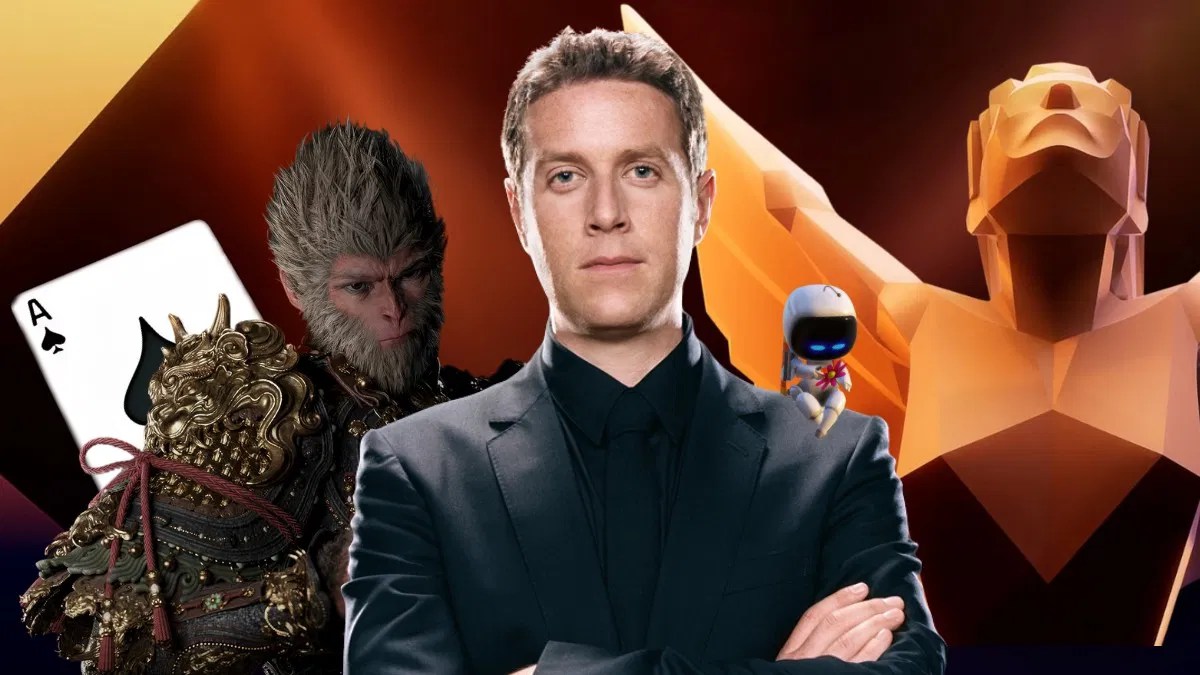The Legacy of Toy Story: 30 Years of Change in Animation and Culture
It has been almost 30 years since Toy Story made its debut in 1995, marking a revolutionary moment in the world of animation. As Pixar’s first feature film, it not only showcased groundbreaking technology but also introduced audiences to a heartfelt narrative that resonated with both children and adults alike. The film’s iconic characters, Buzz Lightyear and Woody, quickly became cultural touchstones, symbolizing the magic of childhood and the importance of friendship. As we reflect on the legacy of Toy Story, it is essential to consider how much has changed in the animation industry and the broader cultural landscape since its release.
The Evolution of Pixar and Disney
Pixar’s journey began with Toy Story, a film that set the standard for computer-generated animation and storytelling. Over the years, Pixar has continued to innovate, producing beloved films such as Finding Nemo, The Incredibles, and Up. However, the landscape of animation has shifted significantly, particularly with Disney’s acquisition of Pixar in 2006. This merger brought about a new era for both companies, blending Pixar’s creative prowess with Disney’s extensive marketing and distribution capabilities.
Despite the initial excitement surrounding this partnership, recent years have seen a decline in the box office performance of Disney’s animated films. While some projects, like Inside Out 2, have garnered attention and success, many others have struggled to connect with audiences. This downturn has led to increased scrutiny of Disney’s leadership and creative direction, particularly under the stewardship of Bob Iger, who returned as CEO in late 2021.
Cultural Shifts and Controversies
As the animation industry evolves, so too does the cultural context in which these films are produced and received. Recently, news broke that Disney may have removed a transgender storyline from one of Pixar’s upcoming shows. This decision sparked a wave of backlash from certain segments of the fanbase, leading to a barrage of transphobic comments that highlighted the ongoing struggle for representation and acceptance within the entertainment industry.
The controversy surrounding this storyline reflects a broader cultural conversation about inclusivity and the importance of diverse narratives in children’s media. As society grapples with issues of gender identity and representation, the decisions made by major studios like Disney carry significant weight. The backlash against Disney’s perceived censorship underscores the challenges that creators face in balancing artistic expression with audience expectations and societal norms.
The Impact of Social Media on Fan Culture
The rise of social media has transformed the way fans engage with their favorite franchises. Platforms like Twitter, Instagram, and TikTok allow for immediate feedback and interaction, but they also create an environment where toxic behavior can flourish. The recent transphobic comments directed at Disney and Pixar illustrate how quickly negativity can spread, often overshadowing constructive dialogue about representation and storytelling.
In this digital age, the voices of fans can significantly influence the direction of a franchise. While passionate fan communities can foster creativity and support, they can also become echo chambers for harmful ideologies. As Disney navigates these turbulent waters, it must consider how to engage with its audience while remaining true to its commitment to inclusivity and diversity.
The Future of Animation and Storytelling
As we look ahead to the future of animation, the legacy of Toy Story serves as a reminder of the power of storytelling. The film not only revolutionized animation technology but also set a precedent for emotional depth and character development in animated films. As Pixar and Disney continue to evolve, they face the challenge of honoring this legacy while adapting to the changing cultural landscape.
The ongoing discussions about representation, inclusivity, and the role of animation in addressing societal issues will undoubtedly shape the future of the industry. As audiences become more vocal about their expectations, studios must find ways to balance creative freedom with the responsibility of telling diverse and authentic stories.
In celebrating the 30th anniversary of Toy Story, we acknowledge the film’s enduring impact on animation and culture. As the industry continues to evolve, the lessons learned from this beloved classic will remain relevant, guiding future generations of storytellers in their quest to create meaningful and inclusive narratives.


